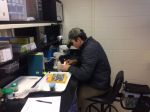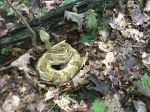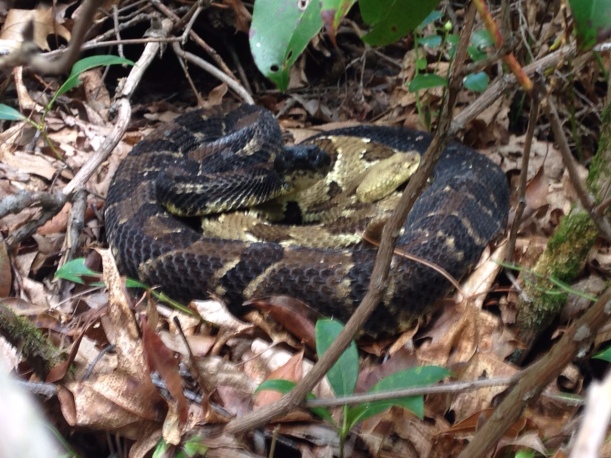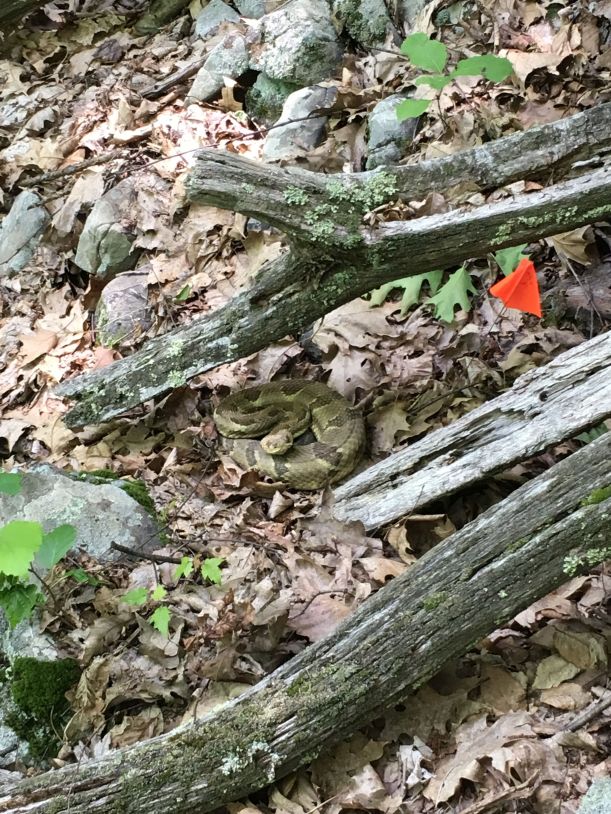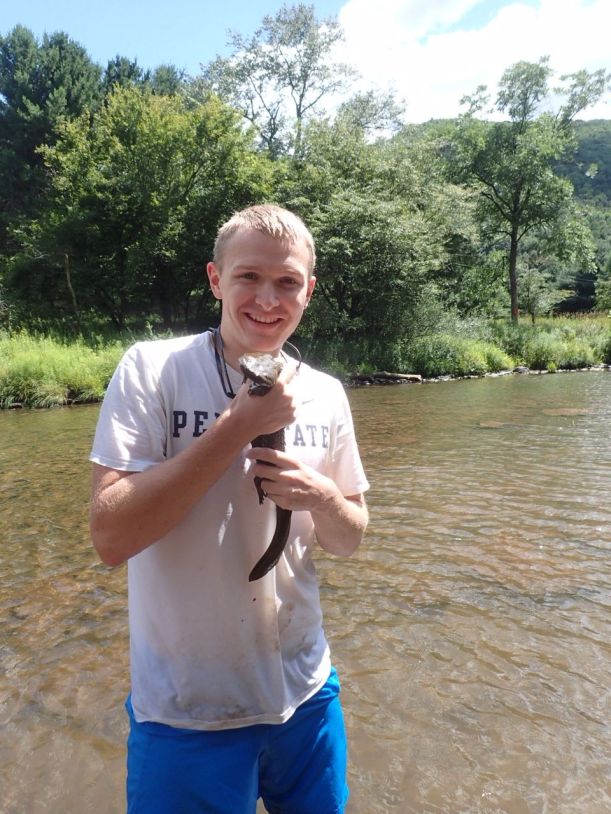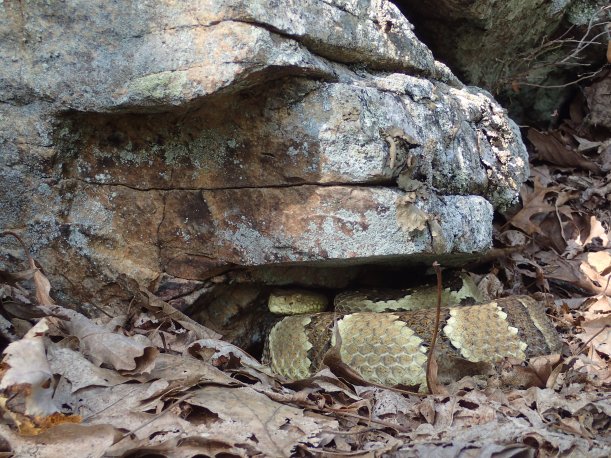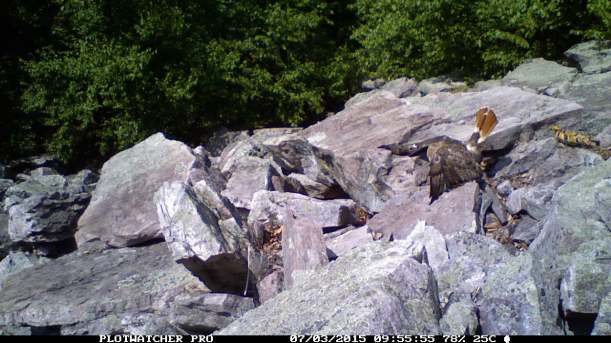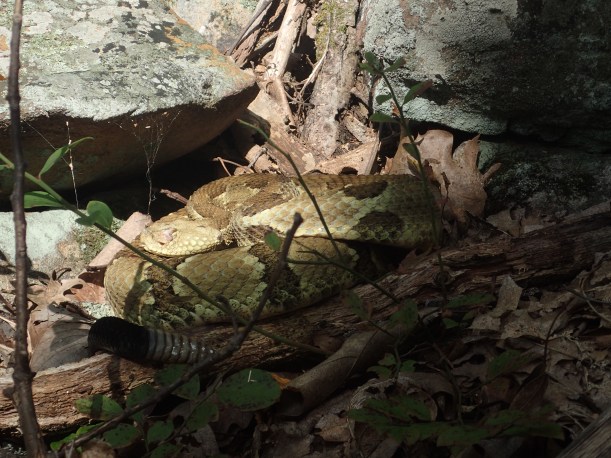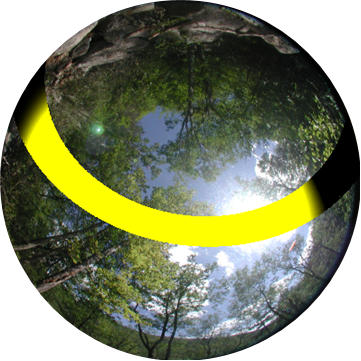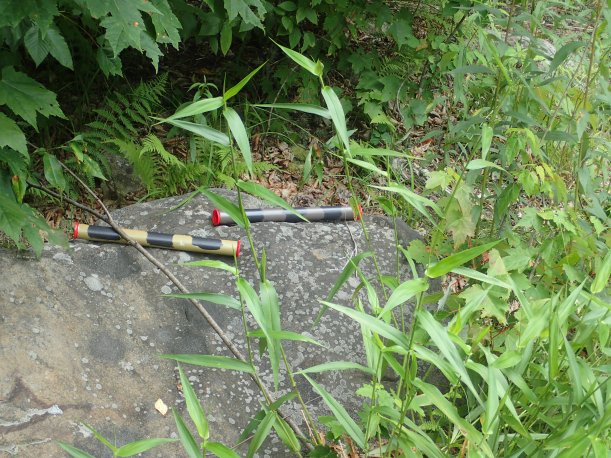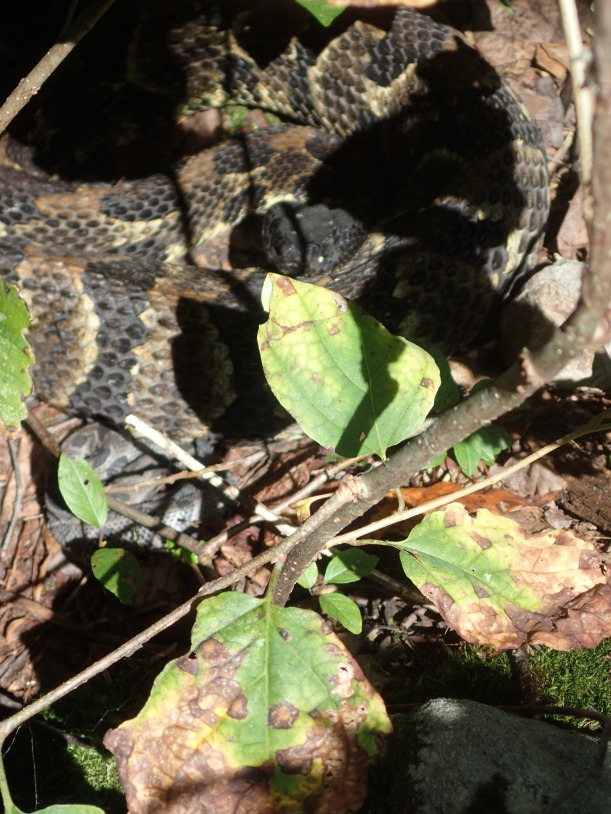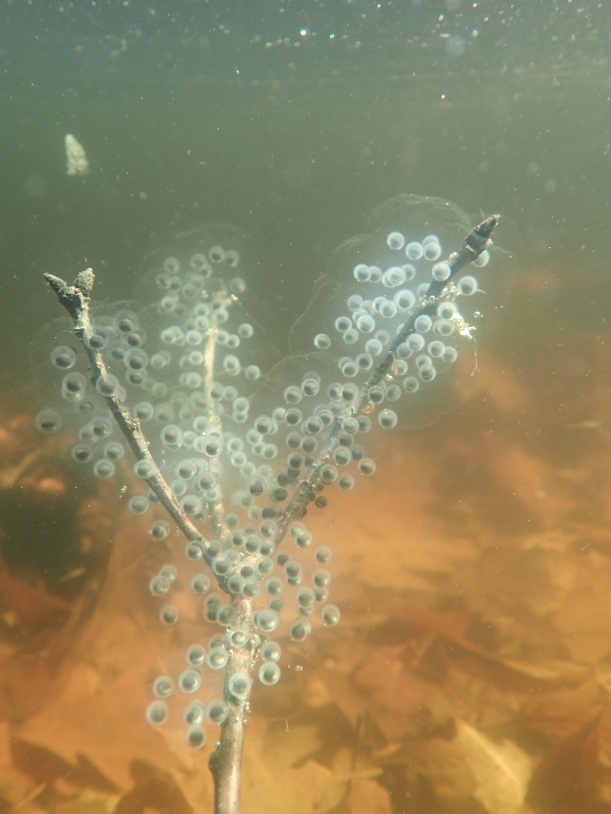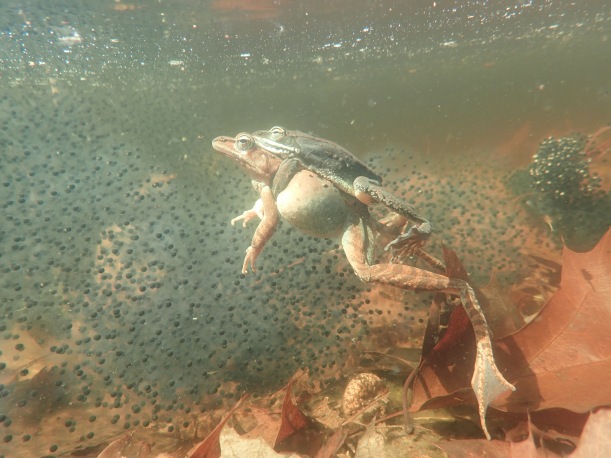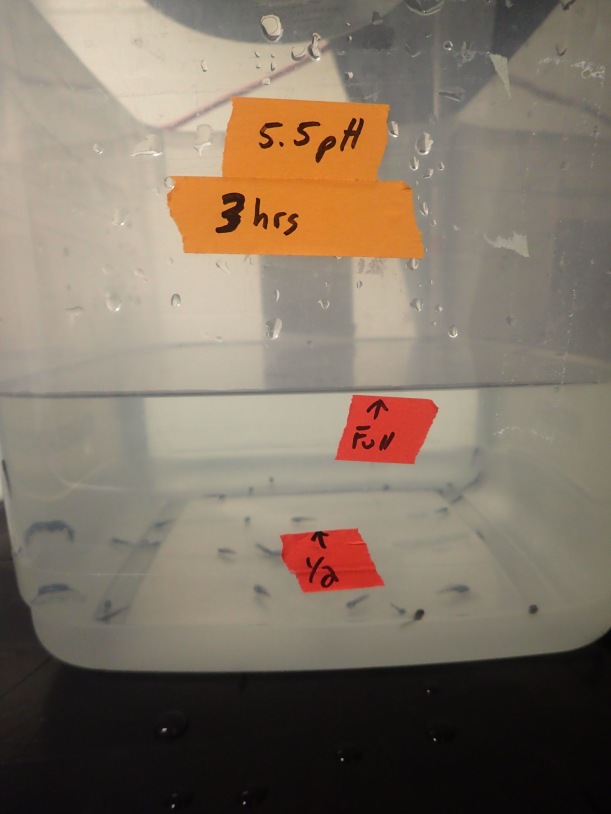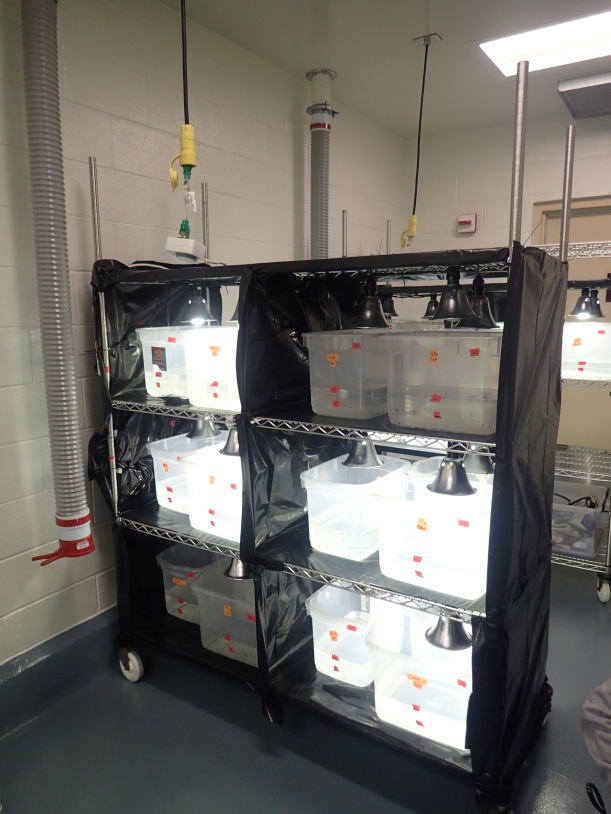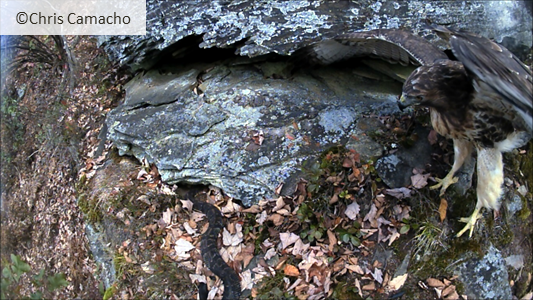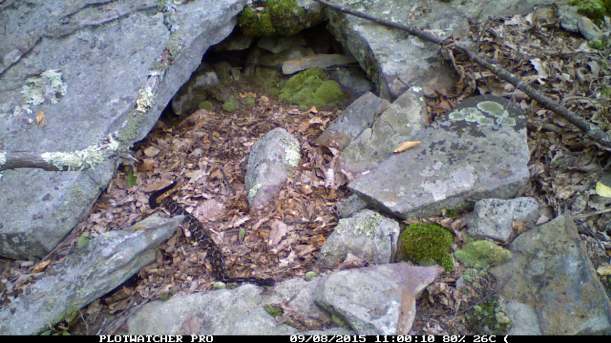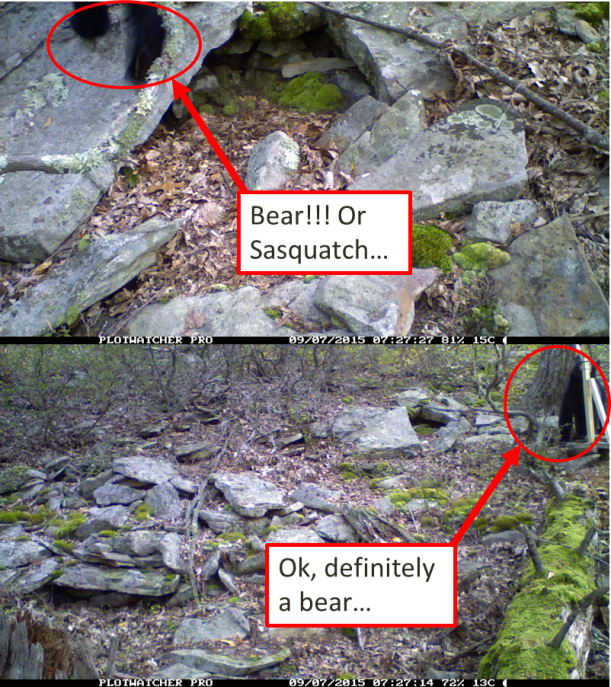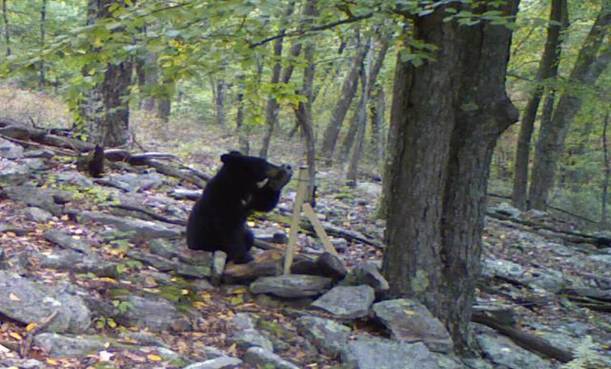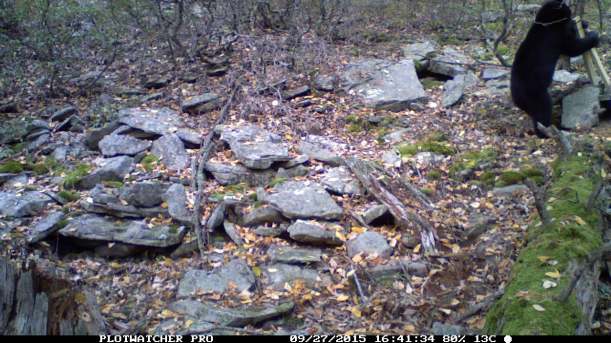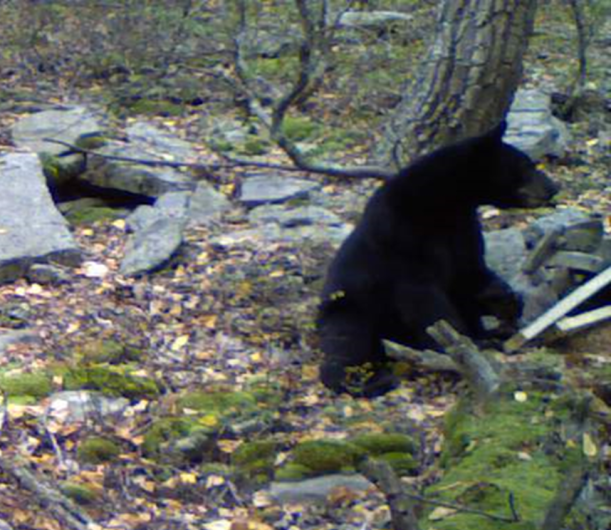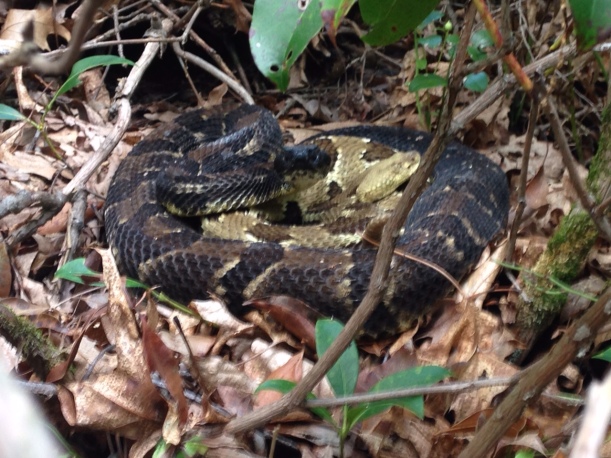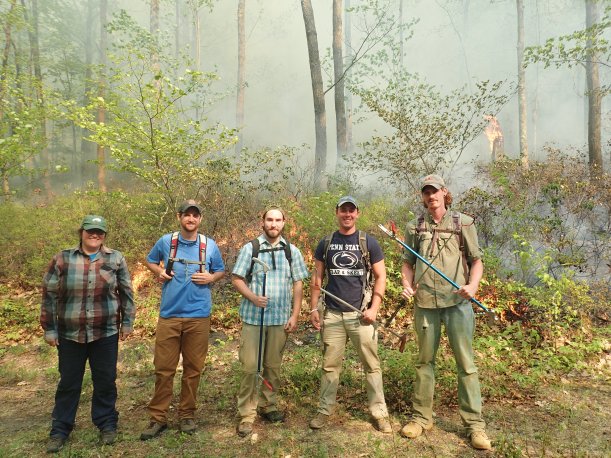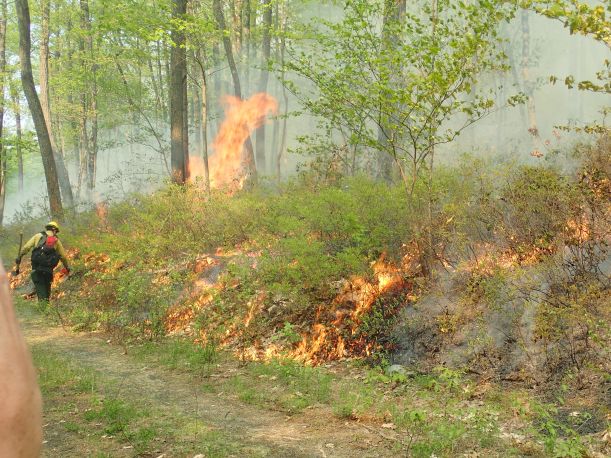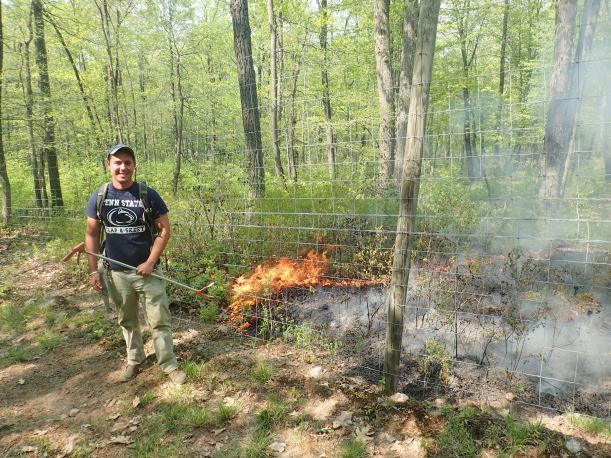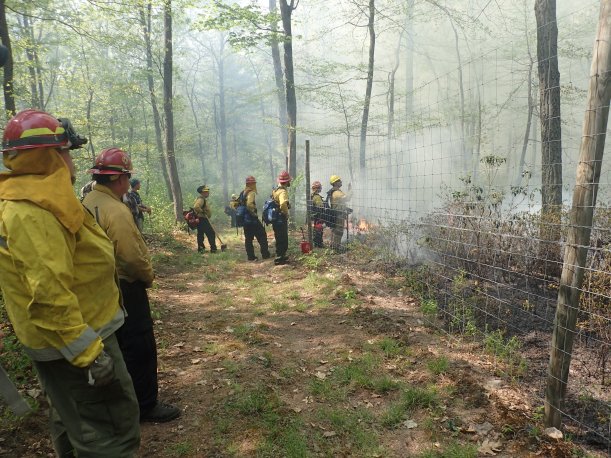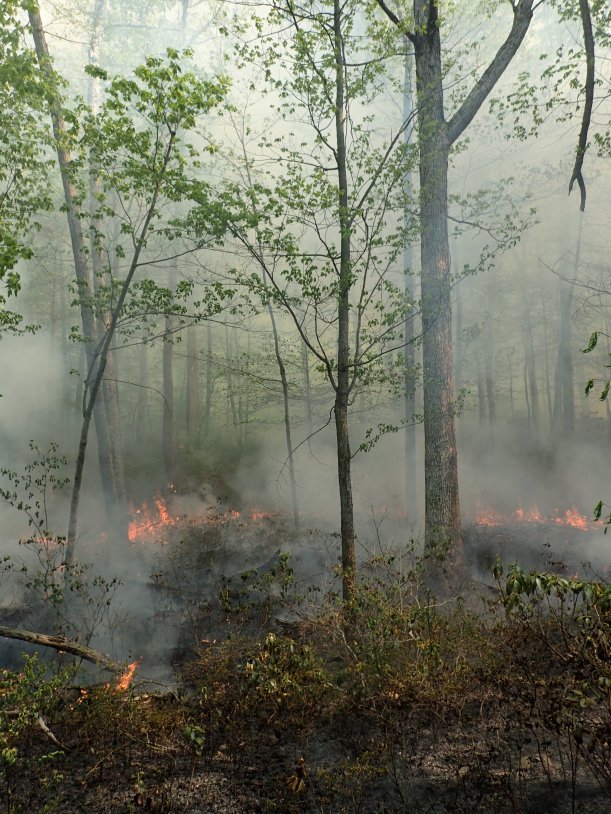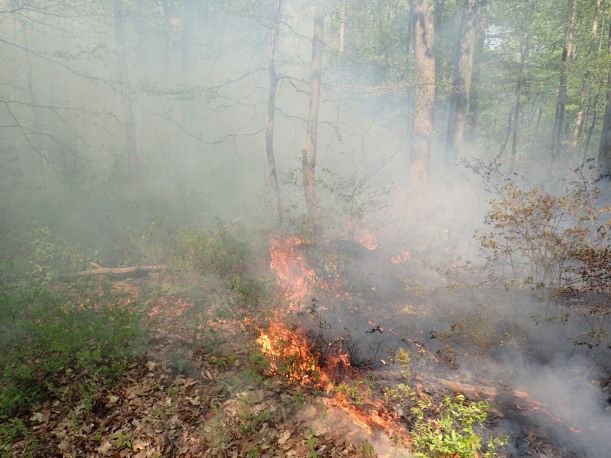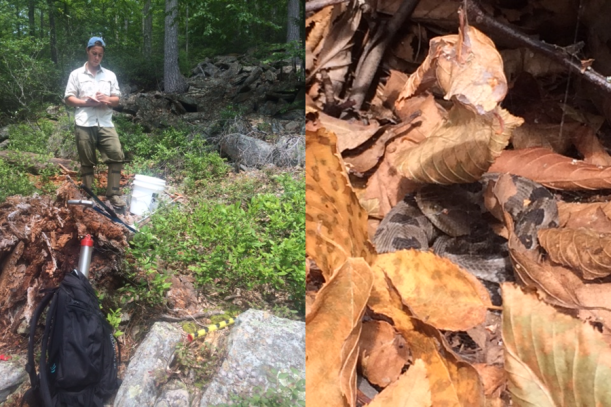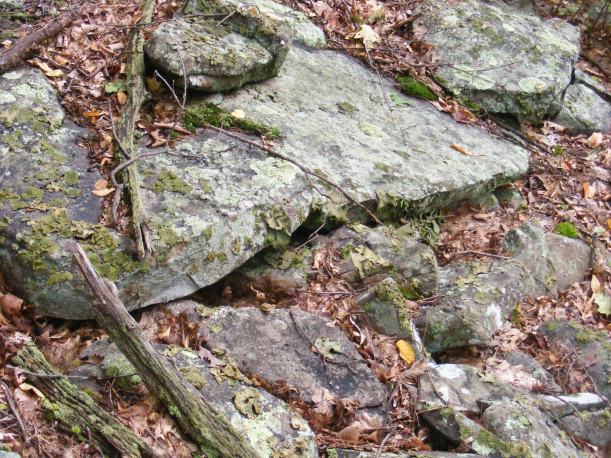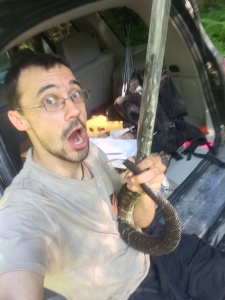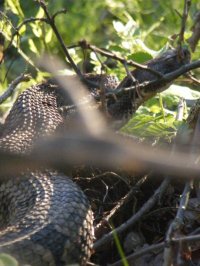My name is Richard Novak and I am finishing up my freshman year. I am in the Schreyer Honors College and I am studying Wildlife and Fisheries Science, with the Fisheries option. This is my second semester working in the Langkilde Lab. In fall 2017, I began working under Dr. Chris Howey as a research assistant helping with rattlesnake gestation site video monitoring. Currently, Dr. Howey and I are working on a study with macroinvertebrate communities in vernal pools and how they are impacted by prescribed fire. I was fortunate to receive an Erickson Discovery Grant which will allow me to continue working on this project into the summer. So far, I have developed my research questions and data collection methods, and I have been gathering data throughout spring semester. This research experience has been valuable to me for several reasons. First, I have been able to get a first-hand look at the entire experimental design and execution process, something I can only read about in classes. Additionally, interacting with graduate students and other faculty has been very influential when thinking about my future ambitions and career path potentials.
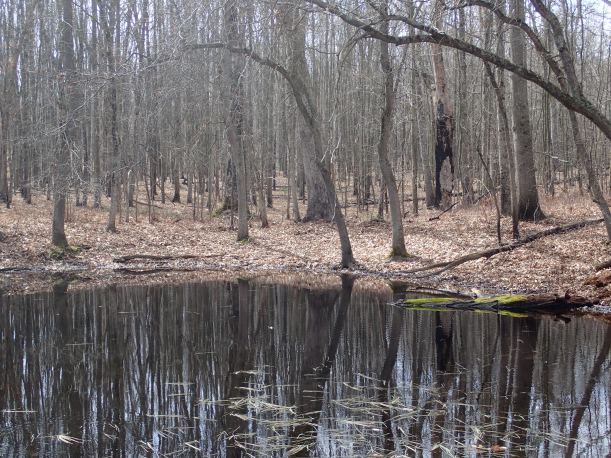
Vernal Pool within a previously burnt landscape
The purpose of this study is to compare macroinvertebrates communities in vernal pools with varying fire histories. Fire is being used as a forest management tool, which will create a more open landscape that some wildlife species may prefer. Additionally, these prescribed fires may promote the growth of new vegetation and increase food for wildlife within the forest. I am looking at water samples from 12 vernal pools; three that were burnt over once (in 2016), three were burnt and mowed over (in 2016; this is an additional disturbance to the landscape), three pools burnt over twice (in 2014 and 2016), and three vernal pools from a control group with no recent fire or disturbance history. Specifically, I would like to answer the question, “do prescribed fire practices alter the macroinvertebrate communities of vernal pools?” This question has been relatively unexplored in previous research. But preliminary data collected by Chris suggests that physiochemical (physical and chemical) characteristics of these pools are different, which could lead to differences in what macroinvertebrates are able to survive in these pools. I will analyze water samples collected from these vernal pools for macro-invertebrates, identify all macroinvertebrates found to family, and determine abundance of each family. The water samples that I have been going through now were collected in 2016, and additional samples will be analyzed from 2017 that are currently being collected. I look forward to getting out in the field this summer and assisting with measurements and collections.
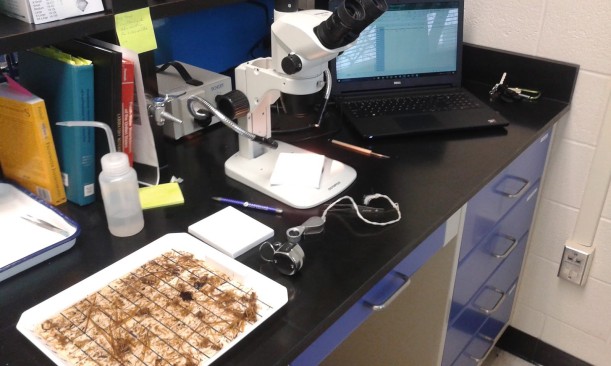
This is what my lab bench typically looks like while I’m collecting data. My sorting tray with a sample spread out to the left, a hand-held magnifying glass, dissecting microscope, and the computer with my spreadsheet in the background. Note, there are also plenty of macroinvertebrate books to help me identify everything I find.
When I first began this project, I had to learn how to identify the macroinvertebrates to family. One of the reasons I am interested in macroinvertebrates is because of my interest in fly fishing, which requires basic knowledge of aquatic entomology, so I had some ID skills to bring to the table. I practiced using dichotomous keys to identify the specimens, a task I found time consuming but very learnable with practice. Now, I am very familiar with the families that I encounter most often. As of right now, I have identified the presence of over 20 families of macroinvertebrates among the vernal pools in the study. I find a lot of mosquito larvae (Culicidae), phantom midges (Chaoboridae), cased caddisflies (Limnephilidae and Odontoceridae), as well as several families of dragonfly and damselfly. To me, the coolest creatures that I find are fairy shrimp (Chirocephilidae) and water-boatmen (Corixidae) although I don’t come across either of those frequently.
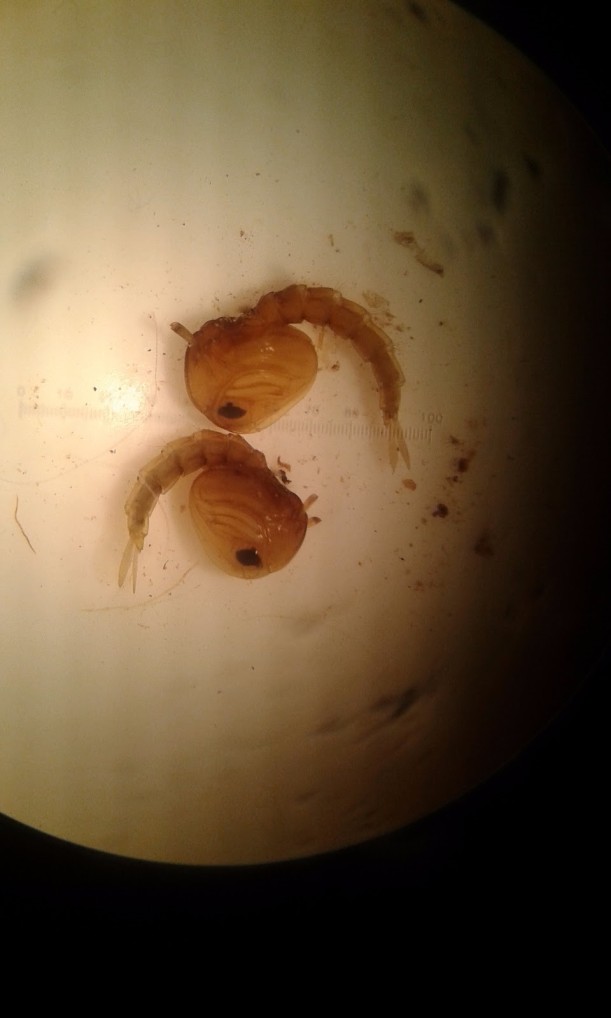
Culicidae pupae. These will grow up to become the dreaded mosquito!
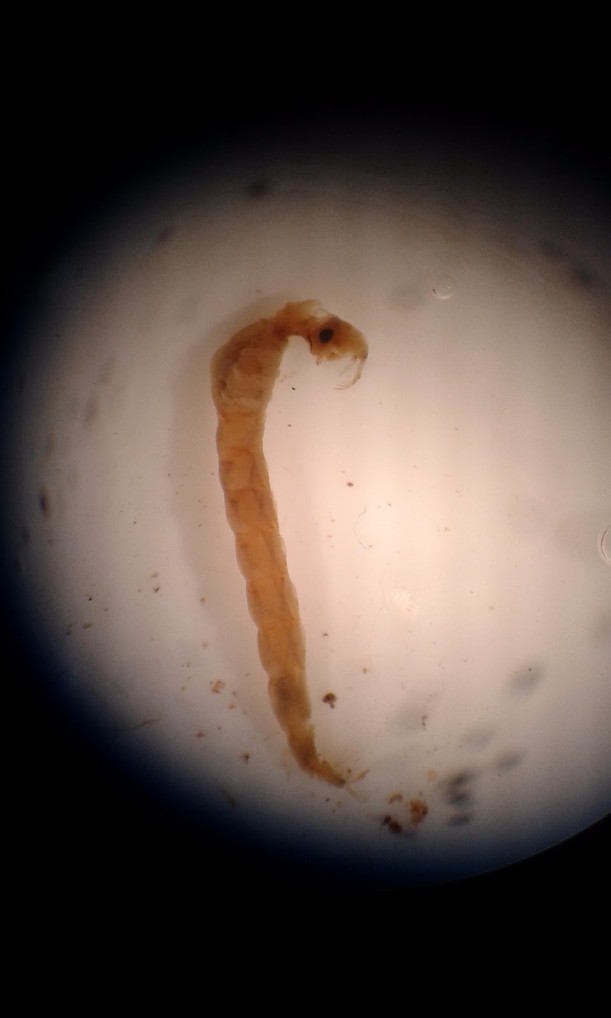
Chaoboridae larva. These are also known as phantom midges.
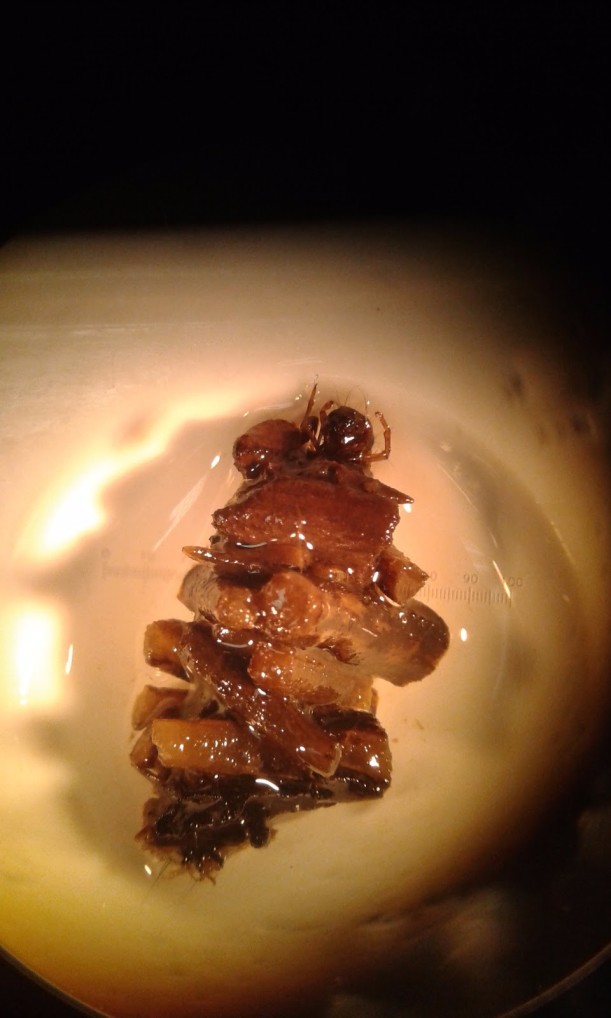
Limnephilidae larva. This is a type of caddisfly. Caddisflies are known to build these ‘houses’ out of sticks, leaves, and rocks within their environment. The actual larva is within this house made of sticks and you can see its head sticking out of the top. Different species of caddisflies will use different substrates to build their houses, so you can tell species apart based on the house materials.
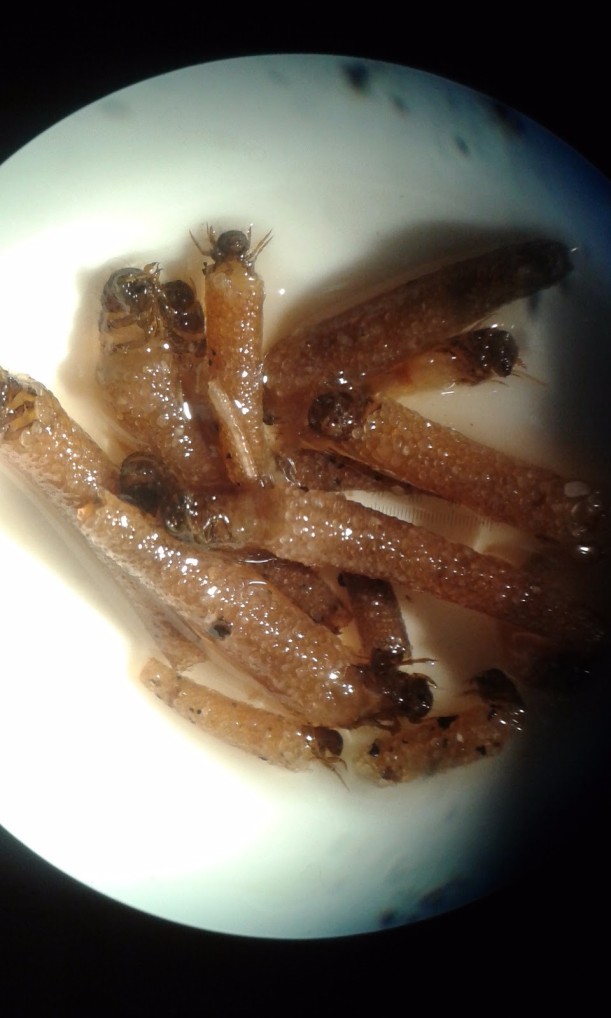
Odontoceridae larvae. These are another species of caddisfly. You can see that they use a different substrate material for their houses.
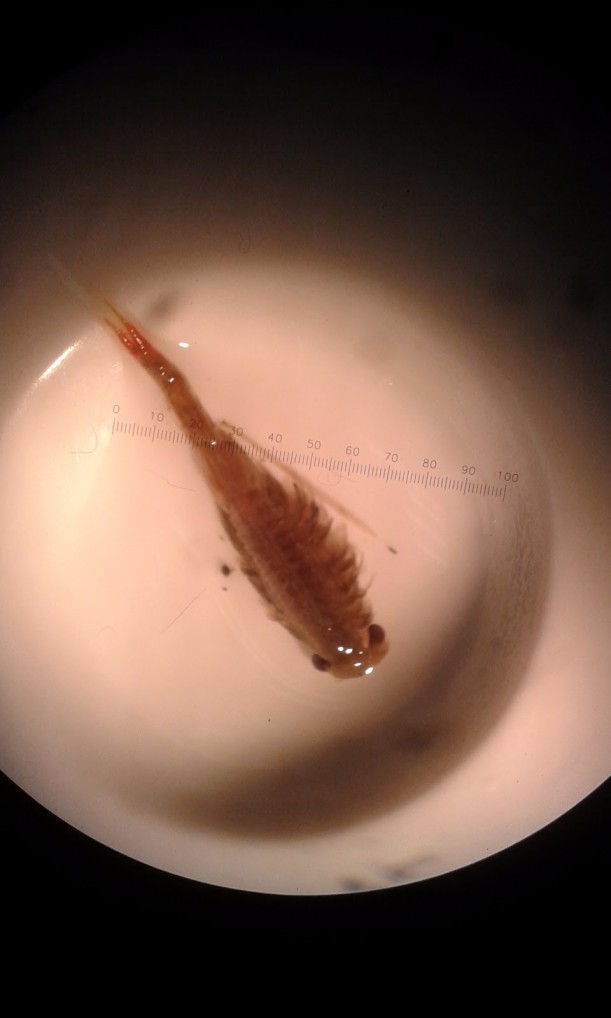
Chirocephilidae larva. This is also known as a fairy shrimp and can be very common in many of Pennsylvania’s vernal pools.
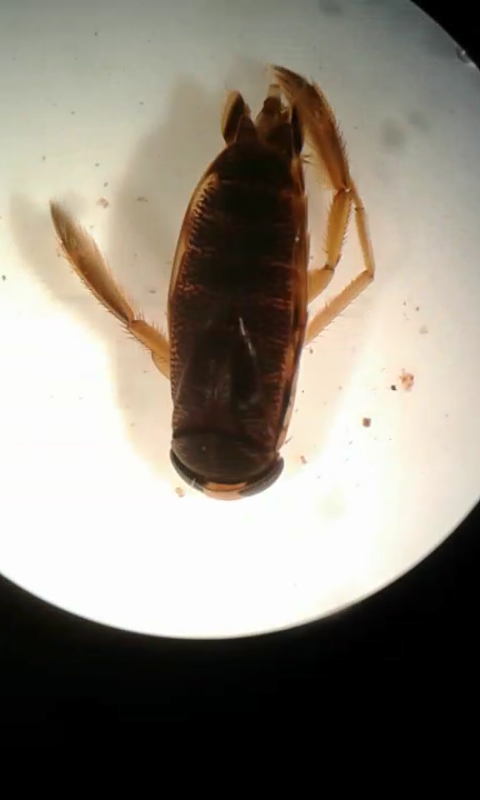
Corixidae adult. These are also known as water-boatmen. They are typically seen swimming across the surface of a vernal pool, but can dive to the bottom when foraging or escaping a would-be predator.
So far, I am finding more mosquito larvae (Culicidae) in unburned pools. But among the burned pools, I am observing more mosquito larvae and caddisflies (Limnephilidae) in pools that were more disturbed (burned and mowed). This trend among the vernal pools is interesting, because that mow was an extra disturbance on top of the burn, yet these two families appear to be doing better in these pools. Please note though, these data are still being collected and these results may not accurately represent our final findings once we have analyzed all water samples.

Preliminary data for our macroinvertebrate communities within the four different treatments. In the future we will compare species diversity and richness among vernal pools. We will also see if there are any correlations between species presence/absence from vernal pools and the physiochemical characteristics of those pools.
Working on this project has been useful to me for many reasons. I have had a lot of fun sorting through samples and looking at the macroinvertebrates; it really never gets old to me which is good because I’ll be staring at trays a lot more this summer. It has been very satisfying to see my very own data begin to build on the spreadsheet as I work. Also, being around other lab members has given me a look into what school is like for graduate students. My freshman year is coming to a close, and I hope to take on new and exciting projects throughout the rest of my undergraduate career. When I came to college last fall, I did not expect to become involved in research right away, but I am very glad I took that step early and I have been fortunate in the opportunities presented to me. After graduating, I plan to pursue at least a master’s degree in a biology related field. I am interested in working for a natural resource management agency, although this experience has opened my eyes to the possibility of university research as a career. Whatever happens, my goal is to continue exploring more about biology and the organisms that fascinate me so much.
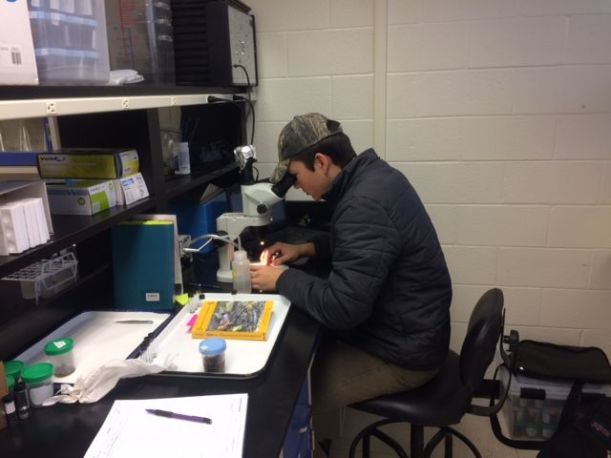
Me looking hard at work keying out macroinvertebrates!

